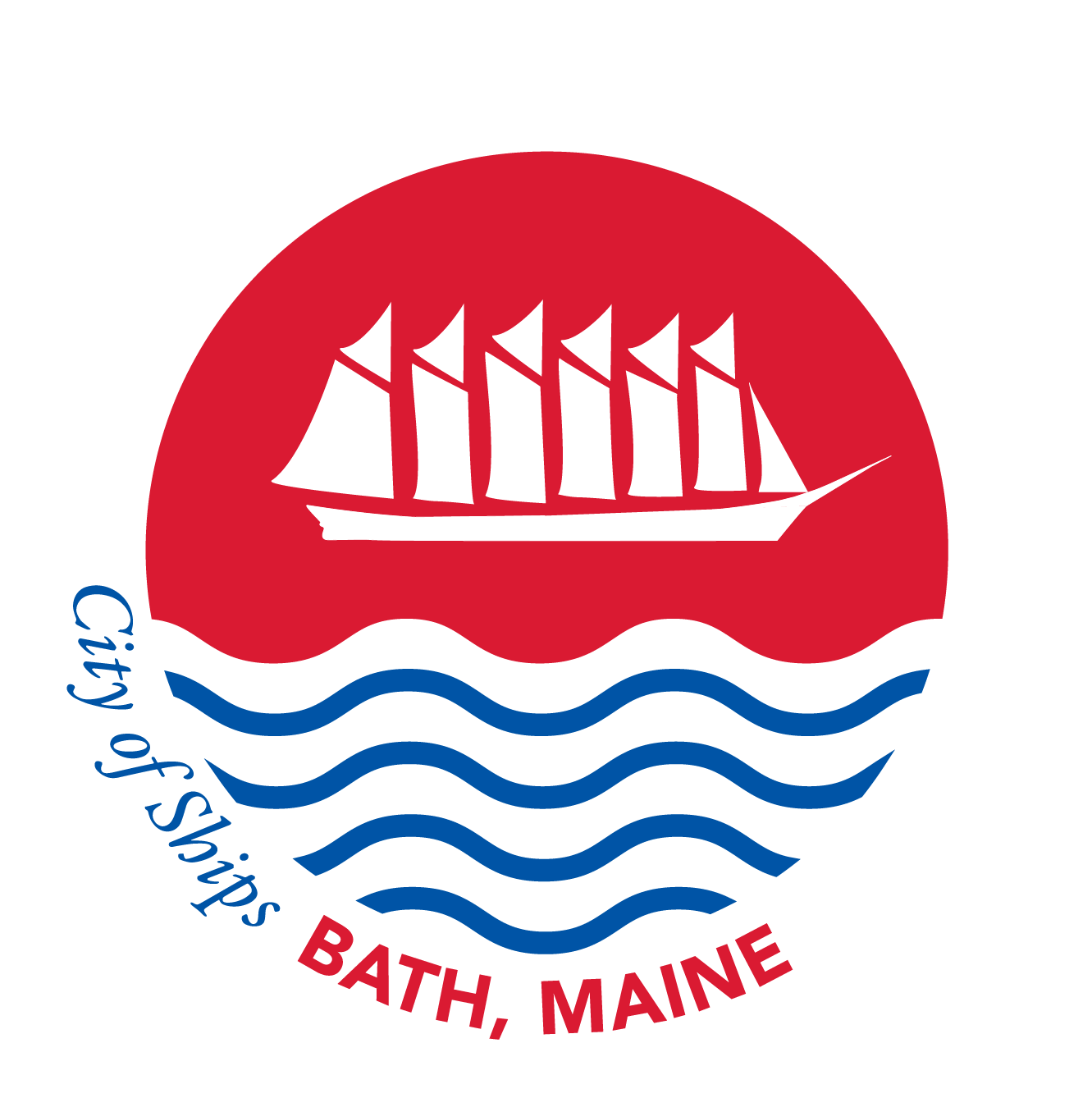Current Use Programs
Current Use programs for property tax relief are designed to reduce the valuation of a property based on how the property is being used. There are four such programs in Maine: Tree Growth, Farmland, Working Waterfront, and Open Space. Each program has different requirements for enrollment and continuing eligibility for the program. It is important to realize that, once enrolled, a penalty will be applied for withdrawing land from each of these programs.
More information on the rules that apply to each current use program can be found at the Maine Revenue Services and Maine Department of Agriculture, Conservation and Forestry websites. Each category below is linked to an application for the program.
Tree Growth
The Tree Growth program benefits owners of at least 10 acres of forested land used for commercial purposes. A forest management and harvest plan must be prepared by a professional, and a map of the parcel showing the forest types and the areas excluded from the program must be included with the Tree Growth application. The plan must be updated and the status of the land as tree growth must be recertified at least once every ten years.
Values for each type of forest land are set annually by the State Tax Assessor. The penalty for withdrawal from the Tree Growth program is generally 20%-30% of the difference between the Tree Growth value and the fair market value of the land. Landowners can transfer from the Tree Growth program to another current use program without penalty. Maine Revenue Service guidance for the Tree Growth program is available.
Farmland
The Farmland program requires that at least five contiguous acres are enrolled in the program. The land must be used for farming, agriculture or horticulture, though the land enrolled can also include woodlands (valued at Tree Growth rates) and wasteland. The landowner must certify to the assessor that the farming activities generate at least $2,000 in sale or in-kind income each year. If a parcel no longer qualifies as farmland, a penalty is assessed, based on the taxes that would have been paid for the previous five years if the property had not been in the Farmland program. Maine Revenue Service guidance for the Farmland program is available.
Working Waterfront
The Working Waterfront program applies to land abutting tidal waters, the use of which is more than 50% related to providing access to or in support of the conduct of commercial fishing or aquaculture. The reduction in valuation is based on the percentage of the property's use for these purposes. Land that is used more than 90% as working waterfront is eligible for a 20% reduction in its taxable value. Land used from 50%-90% as working waterfront is eligible for a 10% reduction in value, and working waterfront that is permanently protected from a change in use through a deed restriction is eligible for an additional 30% reduction in value.
Penalties for withdrawing land from the Working Waterfront program are calculated as they are in the Tree Growth program. Maine Revenue Services guidance for the Working Waterfront program is available.
Open Space
The valuation change for land enrolled in Open Space is based on the assessor's determination of the value the land as it is currently being used. Since there is a limited market for such lands, valuation is generally calculated using a percentage reduction depending on the type of Open Space and its use. The reduction in valuation ranges from 20% to as much as 95%. There is no minimum lot size for land enrolled in Open Space.
Penalties for withdrawing land from the Open Space program are calculated as they are in the Tree Growth program. Maine Revenue Services guidance for the Open Space program is available.
